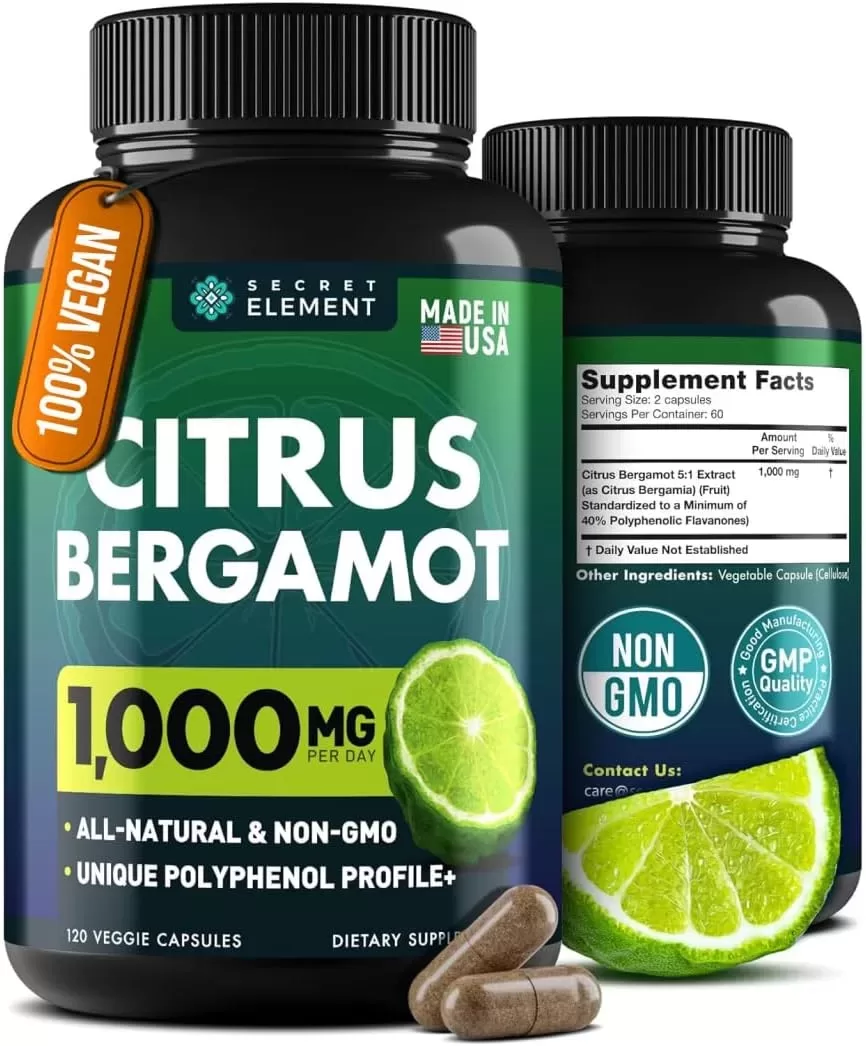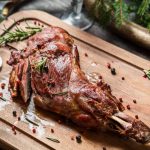Some people encountered having a tough venison roast instead of a tender one. How do you remedy this, exactly?
Venison roast can turn tough when overcooked and using a cooking temperature higher than 375 °F (191 °C). It is also naturally low in fat with no marbling like beef. Moreover, if the raw meat has been mishandled or the deer is old, this can contribute to a tougher meat.
So, how do you fix a tough venison roast? Scroll down to find out!
Why Does My Venison Backstrap or Roast Turn out Tough?
There are 2 types of cuts when it comes to venison like beef: tender and tough cuts. Each type has a recommended cooking method and an opposite one at that.
However, unlike beef, venison’s meat isn’t marbled with fat (source: Montana Outdoors). This is especially true for cuts like backstrap or loin.
This makes venison a high-protein meat. Since it’s a fleshy type of meat, it can turn tough when overcooked.
It’s recommended not to cook it above 375 °F (191 °C). The fibers of venison meat are short and can easily get tough when overcooked (source: University of Minnesota Extension).
Another thing that could contribute to a tougher meat is the fat that exists outside the muscle or meat of the deer. When this hits the pan or gets cooked, it can let out a smelly burnt leather-like odor that isn’t pleasing at all.
Venison can also turn gamey if the carcass or meat was mishandled. For example, when field dressing and the intestines were cut, the bile, feces, or other compounds could spill into the muscles of the meat. This can also lead to contamination.
Bloodshot meat can be tough. It would be best to remove this part from the carcass or meat. Bloodshot meat is a bruised dark red meat usually covered with jelly-like blood (source: The Meat Eater).
Another factor could be the age of the animal. When the deer is quite old, it can have a tough meat (source: Montana Outdoors).
Although this may not make much of a difference, not adding a type of sauce or liquid might contribute to tougher deer meat.
How to Fix a Tough Venison Roast: Some Ideas
To fix a tough venison roast or backstrap, do not cook it past 375 °F (191 °C). Deer meat fibers are short. Overcooking them will lead to tough meat (source: University of Minnesota Extension).
If you have venison roast or deer meat in general that’s purchased from a farm or have one that’s just been hunted in the wild, make sure the fat that covers the venison is removed. This fat is white in color and can sometimes be with the presence of what is called “silver skin”.
This silver skin is white to translucent white in color and can be found in each cut. If this is still attached, this needs to be cut out using a filleting knife, and angling the edge of the knife against the silver skin, and not the meat. Pull this membrane with force using your other hand (source: Montana Outdoors).
Trained hunters can tell if a deer is old or young. If you acquire meat from a newly hunted deer, ask if the deer is old or young. Young deer meat has a higher chance of not having a tough texture.
If you are the one handling the carcass, use cold water or snow to wash off urine, feces, intestinal matter, and milk. Remove saw bone or bone dust and others. Cool the carcass or meat asap.
Another thing you can do is use moist heat and cook the meat for a long time at a low temperature when cooking your venison roast. This will help tenderize tough muscle tissues and produce a tender and delectable dish (source: Montana Outdoors).
Don’t overcook your venison roast or backstrap as mentioned, because this will result in tough meat and we don’t want to break our jaws when chewing.
Adding sauces and liquids while cooking venison also helps produce tender meat. Marinating it overnight with a good liquidy marinade might also help. You can try a small batch first and see if it does.
Cooking deer meat in small pieces or cuts can also help cook it faster so you don’t end up using a high cooking temperature.
Venison is different from beef mainly because of the different distribution of fat for both. Venison is low in fat which makes it longer to cook.
The suggestions above will help you achieve a tender venison recipe that might just impress your family or guests. May this guide serve you well and happy cooking!















Comments are closed.